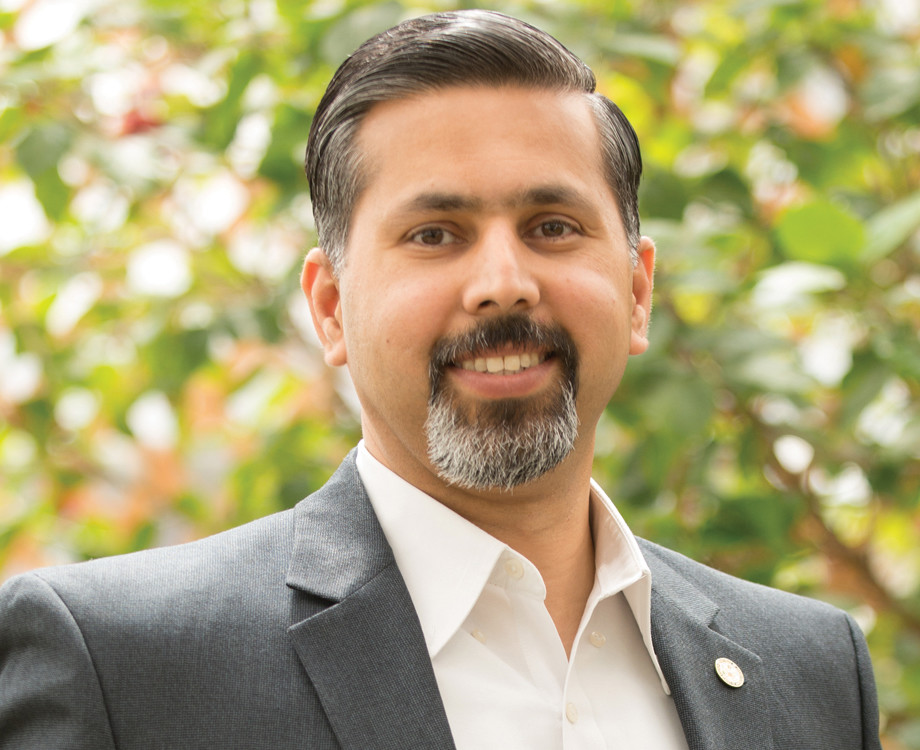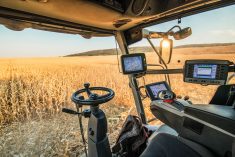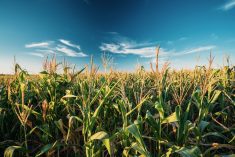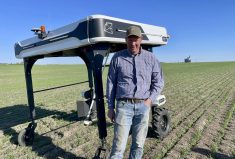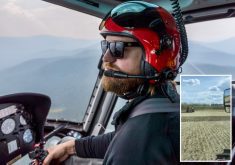Agriculture is changing faster than it ever has before — and producers are scrambling to keep up.
“When I talk to farmers, they have so many balls in the air, and they tell me that it feels like they’re dropping some of these balls,” said Raj Khosla, a Colorado State University professor who specializes in precision ag.
“Last time I checked, agriculture is very complex. We’ve got soil, water, crop management, pests, fertilizer, machinery, neighbours watching you, laws, genetics, variability — it’s a very complex phenomenon.”
Read Also
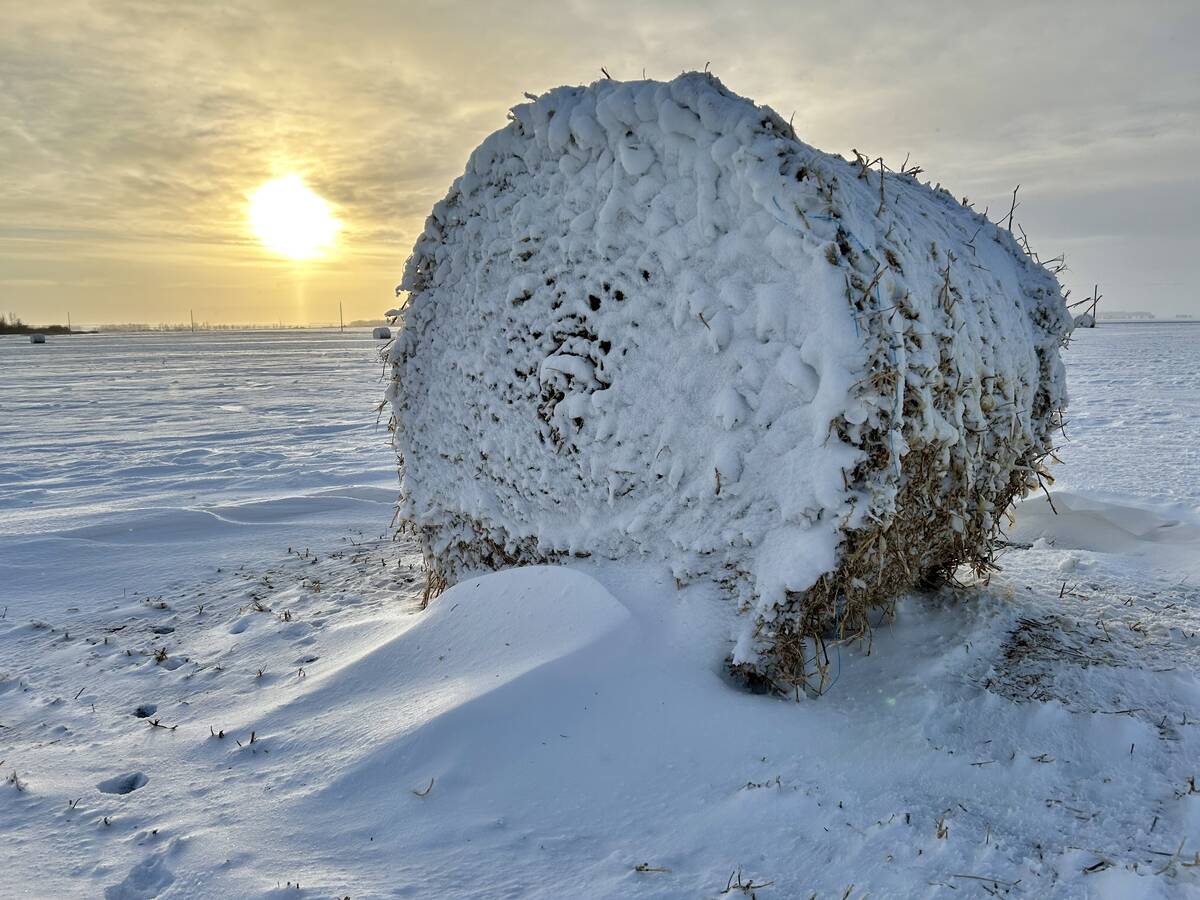
Prairie winter snowfall forecast 2025-2026
How much snow should farmers in Alberta and elsewhere on the Canadian Prairies expect for the rest of December 2025 and into January-February 2026?
As a result, farmers are increasingly turning to technology to capture data and software to sort through it all, but too many are going overboard, Kholsa told attendees at the Tactical Farming conference earlier this month.
“We’re trying to capture and understand soil, water, and other relationships and use the data that’s out there, process it, make use of the available technology, and manage our crops — we don’t use our simple processing unit right up here to come to a decision,” he said while pointing to his head.
“Why do we need complex solutions when we have been farming for thousands of years — and when we’ve done it really well?”
And technology is only as good as the information it captures, Khosla warned.
“There’s so many ways to present the same data that it can fool you. The good news is that the computer will do what you tell it to do. The bad news is that the computer will do what you tell it to do.
“You can’t rely on computers to make your agronomic decisions. You have to keep the agronomist in the room.”
Producers want to put all their data in a “black box” that analyzes every detail of the operation and spits out solutions, said Khosla. But agriculture isn’t there yet.
“Farmers and practitioners are looking for an ‘easy button,’ like the one at Staples, to help them translate years of data into something that they can make a decision with,” he said.
“The reality is there’s no such button out there. In fact, we want to stay as far away from that button as possible.”
So what’s the alternative? Combine technology with common sense, said Khosla.
He used the example of average yields. Farmers have been averaging per-acre yields for fields for generations, but it’s a terribly inexact method.
“Average doesn’t exist. Today, we shouldn’t be farming the average,” he said, adding less than two per cent of yield matches the mathematical average.
“If you choose to do that, 40 per cent of your field is underfertilized and about a quarter is overfertilized. You don’t want that.”
Sensible investments
Being picky about technology sums up Daryl Tuck’s approach on his grain farm near Vegreville.
In the old days, he could see overlap on fertilizer and herbicide applications reach 10 or 15 per cent.
“We’ve adapted GPS throughout our operation, giving us improved accuracy and efficiency,” said Tuck, who attended the conference.

“By adopting that technology, we’ve minimized overapplication of the products, and when you think about 10 per cent, that could have some big impacts.
“The additional electronic controls allow us additional refinement, like sectional control. We can start to shut off different parts of the application equipment, whether it’s a sprayer or the seeding equipment.”
Yield monitors were another no-brainer, but Tuck said he’s careful when it comes to other purchases of equipment or input technology.
“If I don’t think I see that value, I take a little longer to assess it than if I can immediately see the value,” he said. “With the cost of some of these inputs, if I don’t see a five-bushel advantage on a treatment, it’s not worth my time and investment of resources. In my mind, one- to two-bushel increases are a break-even scenario.”
For that reason, variable rate technology is one tool he isn’t sold on quite yet.
“I haven’t looked at variable-rate on my farm yet. I’ve been watching people play with the idea, but I see too much year-to-year variability on our farm and in our soils,” said Tuck.
“I see people try it out and then back out because they’re not seeing the benefits that they were hoping to. When there’s that kind of variability in results, I’m not that interested in investing a bunch of money in equipment to get to that particular stage in utilizing technology.”
In a lot of cases, said Tuck, producers are forgetting about basic agronomy in the face of flashy new technology.
“People are focusing on the new technology and forgetting about watching what’s happening,” said Tuck. “It’s not as exciting to talk about fertilizer as it is about drones and aerial imagery.”
That was exactly the message Khosla was delivering to other conference attendees.
Producers are becoming accustomed to “looking at agriculture through the lens of a computer,” but sometimes they need to step back and look at the big picture, he said.
“Who would you rely on: A computer with a green thumb or somebody walking your fields?” he asked.
Tuck agrees.
“I know that there’s 600 acres that I rent that doesn’t get the same rainfall two miles away from another 400 acres I rent. You can’t use the same blanket technology there. It just doesn’t pay,” said Tuck.
“There’s that local knowledge and history that helps you out. You know your fields, you know the environment that you’re working in, and you have to apply those basic concepts to everything you do.”

